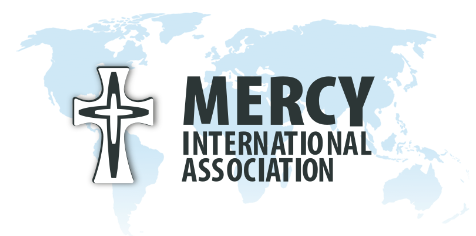The elimination of all forms of discrimination and violence against the girl child...
Introduction
At this 51st session of the Commission for Status of Women (CSW), we, international NGOs, draw attention to the “elimination of all forms of discrimination and violence against the girl child,” particularly the migrant girl child.
Reality of the Girl Child and Migration:
Migration has serious consequences for children. It especially increases the vulnerability of the girl child. In the absence of adequate polices related to girl children, girls face severe violence and discrimination in migrant situations.
Every day NGO personnel meet girl children migrants in sub-Saharan Africa who have been sold by their parents in order to pay family debts or a son’s dowry. They meet girl children in the Americas sent across international borders to provide domestic services, either for wages or in exchange for access to education. Unfortunately, wages are not paid, and educational access does not materialize. As the ILO states, “The largest employment category for girls under 16 is domestic work.”1 Such situations constitute a dangerous environment, most often without regulation or protection. Indeed, these isolated girls are often subject to sexual abuse with nowhere to turn. Members of our NGOs visit detention facilities in African urban areas where women are in custody and criminalized for being prostituted. Many detainees are under eighteen years of age and have been trafficked from neighboring countries. Some of the girls are even under the age of twelve and are traumatized by abuse and by being thrust into an unknown environment with strangers.
Beyond these severe cases of exploitation of the girl child in irregular (but not uncommon) migration, girls are at risk and vulnerable to exploitation even when regular migration occurs. Girls are sometimes left behind alone or with distant relatives when family members migrate. Often they are married at a young age or become domestic or sexual slaves of relatives. In many cases, they are denied education and have little or no access to health care, even though they are more vulnerable to diseases, including HIV/AIDS, than their brothers.
Girls who migrate with families find scant social protection. In shelters and camps girls are the most vulnerable to rape and disease. As migrants they are denied full protection of the law, even when they have proper legal papers and documents. All children tend to be marginalized but as girl children and migrants they are particularly vulnerable.
We know that about half of the migrants from developing countries are aged between 12 and 29 years old. Still, accurate and comprehensive sex-disaggregated data about the migration of girl children and its effects are minimal.
Further, up to 50% of the over 1.2 million persons trafficked each year are children. We note also that there are strong links between human trafficking and migration policies. The United Nations Population Fund UNFPA, State of the World Population Report: Selling Hope and Stealing Dreams, 2006 says that “trafficking is not only one of the most horrific manifestations of migration ‘gone bad,’ it also undermines national security and stability.” It further states that increasingly restrictive immigration policies limit the possibility of legal entry [into another country], which in turn drives more and more would-be migrants, particularly women and girls, to unwittingly entrust themselves to traffickers.
Economic development fueled by migration should not be promoted at the expense of girl children. Any short-term gains are far outweighed by the costs associated with violence against women and girls such as health care and criminal justice responses to commercial sexual exploitation. Further detail on these costs can be found in the 2006 report of the Secretary General.


)
)
)